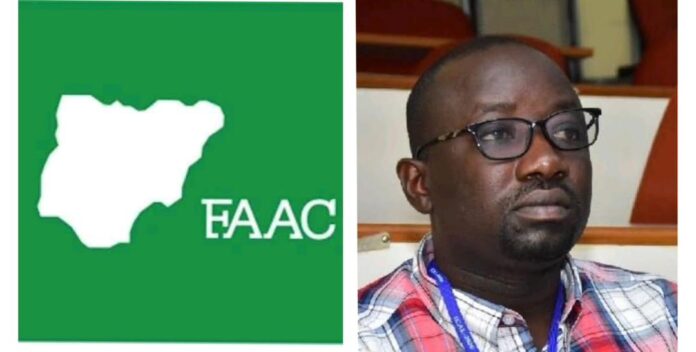A Critical Analysis of Nigeria’s FAAC Allocations (Post-May 2023): The disconnect between nominal growth and real value erosion, by Abubakar M. Kareto
Story from Mercy Adaje
I’m not speaking for the states, LGs, and I’m not suggesting that citizens shouldn’t hold their governors and chairmen responsible. I always stand for accountability at all levels of government.
President Bola Tinubu’s administration has often emphasised the significant rise in the Federation Account Allocation Committee (FAAC) payments to state and local governments since the significant economic changes that were started in the middle of 2023. Despite this jubilant narrative, a thorough fiscal examination indicates a significant economic contradiction despite record-breaking nominal data.
However, I saw that Bola Tinubu’s administration and the FG are pushing influencers to spread the myth that states are wealthier since he came to power by sharing fat FAAC, making people believe that the FG isn’t receiving a fair share of the wealth.
READ ALSO: ANALYSIS: Eight factors that triggered PDP, Seriake Dickson’s fall in Bayelsa
As far as we know, the federal government receives 52% of FAAC, whereas these states and LGs—that is, the 36 states and 774 LGs combined—take 48%. The revenue-sharing formula hasn’t changed in the country.
Interestingly, this indicates that the FG has more than the entire 36 states and 774 LGs sum. The FG continues to be the largest benefactor of FAAC surges.
Yet again, as of Tinubu’s inauguration on May 29, 2023, the parallel market exchange rate was approximately ₦750, while the official Investors and Exporters (I&E) window exchange rate was between ₦460 and ₦470 to the US dollar. This is something that the Federal Government and its propaganda apparatuses are failing to inform the public about. The parallel market rate is around ₦1,500 as of October 16, 2025, whereas the official rate is about ₦1,466.
Indeed, since the start of the reforms, FAAC allocations have more than doubled. For instance, funding for the three levels of government rose by 43% from ₦10.9 trillion in 2023 to ₦15.26 trillion in 2024. The real purchasing power of the allocations has been diminished by the significant depreciation, even though the number of naira received has increased. According to one research, as compared to pre-subsidy rates, the value of FAAC allocations for some states has actually dropped dramatically in terms of dollars.
READ ALSO: A critical analysis of the eggshell rule in the Nigerian law of torts, by Oyetola Muyiwa Atoyebi
The Federal Government’s assertion that state and local governments are receiving significantly more money since May 2023 is nominally accurate but economically deceptive. The ‘FAAC Windfall’ is, in reality, a macroeconomic illusion where the face value of the naira allocated has soared due to policy reforms, but the purchasing power required to execute mandates has simultaneously plummeted due to policy-induced hyper-inflation and currency depreciation. The policies that generated the nominal revenue surge—fuel subsidy removal and FX unification—imposed a cost burden on the sub-national governments that, in many instances, exceeds the value of the nominal increase, resulting in a net fiscal strain.
Lastly, this is merely to draw attention away from the enormous sum of money that FG has made, the rising cost of living in the country and other economic ills. Nigerians need to resist this propaganda.
Written by Abubakar M. Kareto, a public affairs analyst.
Follow the Neptune Prime channel on WhatsApp:
Do you have breaking news, interview request, opinion, suggestion, or want your event covered? Email us at neptuneprime2233@gmail.com





